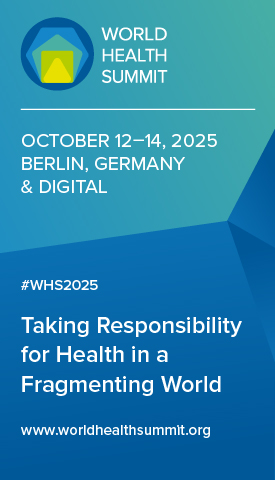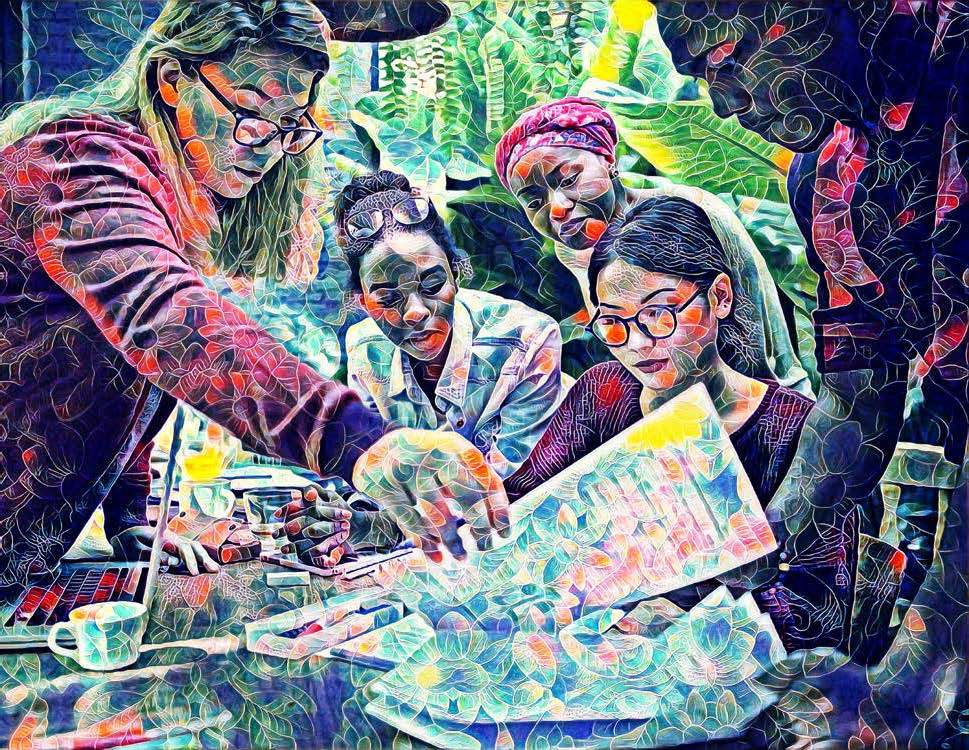Food for peace
How serious is today’s threat of famine and malnutrition?
About as serious as it can get. It is true that, thanks to the support of the international community, last year we staved off famine in Yemen, South Sudan, north-east Nigeria and Somalia. But across the world, food insecurity is dramatically up. Acute hunger has gone up 55% in just the past two years.
Climate-related issues are significant, but mostly, hunger is rising because people just won’t stop shooting at each other. About 60% of people who are severely food insecure live in conflict zones.
This means more migration, too. For each 1% increase in hunger, there’s a 2% increase in migration. We saw this in Syria, where asylum applications to Europe spiked during the 2015 crisis, when humanitarian assistance was cut.
The same thing is happening in Africa, as people flee conflict, hunger and extreme poverty. The number of people living in Europe who came from Africa as refugees has doubled from 2010 and 2016. That’s according to the United Nations High Commissioner for Refugees.
It’s not hard to understand why. In addition to the conflicts, in Burkina Faso, Chad, Niger, Mali and Mauritania acute malnutrition has risen 30% in the past five years.
Most of Africa has a wealth of natural resources, plenty of arable land and young populations available to work. But Africa also has high food insecurity, near-constant conflict, climate-related challenges such as droughts and, in some cases, active violent ideological extremist groups.
How is the World Food Programme (WFP) working to overcome the threat?
We’ve seen how food can be used as a weapon of war. But we want food to be a weapon of peace. And it shouldn’t just be food.
We need a properly funded, long-term, coordinated strategic plan – one that involves work from other UN agencies, non-governmental organisations and national governments.
This work could help create conditions that help a family, a community, a region take care of itself. Of course, that’s food, but it’s also schools and water and roads and a dozen other things.
Last year, we had 10 million people in 52 countries in Food for Assets programmes, building roads and bridges, and working on irrigation and other agriculture-related projects.
In Niger, we’re getting big results with a programme that’s helping more than 250,000 people. Agricultural productivity has doubled, even tripled in some areas. More young men are staying to work the land instead of migrating to other countries.
We also need to do more in providing school meals for students. Data shows that families keep their children in school for longer if they know they’ll get fed. That’s especially important for gender equity. The longer girls stay in school, the more they learn, the later they marry and, when they do have children, those kids are healthier.
School meals offer something else, too. Children sit down, and talk, and laugh together while eating. This meal binds them together. When they’re older, those bonds are harder to break.
Climate disasters, such the recurrent droughts in the Sahel region and hurricanes last year in the Caribbean, are also having an impact on hunger. We’re working to tackle these issues with our emergency preparedness and early warning systems, along with innovations such as climate risk insurance. We’re working with the African Union and others to protect farmers from climate shocks and help them recover quickly from floods and droughts.
What obstacles remain?
A lack of efficient humanitarian access means we cannot get food to everyone who needs it, and even when we can, it makes that delivery very expensive. If we just improved access, we could save $1 billion a year.
I must say that humanitarian needs are great and they’re underfunded, so obviously more resources are needed. At a minimum, I hope every country can keep its commitment.
In the end, this will be a lot cheaper than other ways to foster and secure peace. We’ll get at the root cause of hunger, and maybe the world can spend a little less than the $14 trillion it now spends on military needs.
How can the G7 leaders at their Charlevoix Summit help?
The G7 leaders are already so tremendously helpful – the generosity of the donor countries truly saves lives and changes lives. But the need out there is so great. We need more resources, and we need more peace.
We also need to make aid more efficient, so we can make a bigger impact. More than 90% of the money we get is earmarked, not just for specific countries, but specific activities within them. So in many cases we can’t build roads to connect farmers to markets, even if we have the qualified teams who could do just that.
Fewer restrictions also gives WFP the ability to respond rapidly, to go where we need to and when. When we get flexible funding, we can plan better. That includes early warning and emergency preparedness systems that make responding more cost-efficient.











